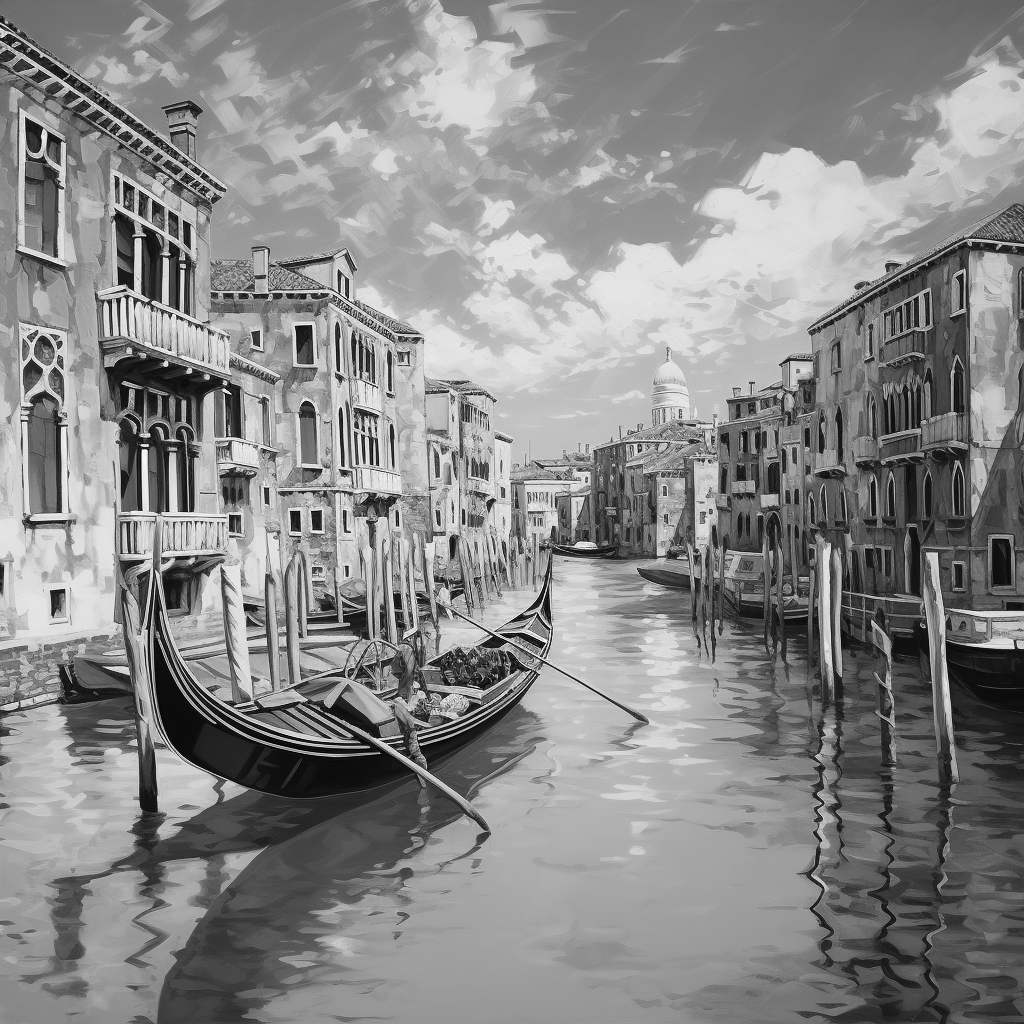The Rise of the Floating City: Exploring the Future of Urban Living on Water
The gondola rocked gently beneath Will Hunter as he floated through the narrow canals of Venice, the city of water. Above him, Renaissance facades rose from the shimmering lagoon, their delicate arches and weathered brick façades reflecting centuries of resilience. Venice, a masterpiece of human ingenuity, had for centuries defied the encroaching sea, a testament to the remarkable adaptability of human civilization.
.
However, the city’s long struggle against the tides was a stark reminder of the increasing threat of rising sea levels. As Will glided past the decaying foundations of ancient palazzi, he couldn’t help but wonder about the future of this iconic city.
.
His guide, a local historian, pointed toward a row of palazzos. “Venice wasn’t just built on water,” she explained. “It was built with water in mind. The city’s very existence is a testament to the ingenuity of its founders. The foundations, driven deep into the lagoon’s muddy bottom, are a marvel of engineering. These wooden piles, submerged and deprived of oxygen, have petrified over time, creating a foundation that has withstood centuries of assaults from the sea.”
.
Will marveled at the ingenuity of Venetian engineers. But the city’s future, he knew, was precarious. Rising sea levels, exacerbated by climate change, were threatening to submerge the city, eroding its foundations and undermining its very existence.
.
They passed beneath the Bridge of Sighs, and the conversation turned to MOSE, the controversial flood defense system. This ambitious project involved a series of massive underwater gates that could be raised to block high tides, shielding Venice from the encroaching sea. “It’s an ambitious solution,” the historian said, “but it’s also a Band-Aid. The real question is whether we can design cities to live with water, not fight it.”
.
Will thought about modern floating city concepts, inspired by the ingenuity of Venice but designed for the challenges of the 21st century. He had recently read about Oceanix City, a groundbreaking project that envisioned a network of interconnected hexagonal platforms, each a self-sustaining ecosystem. These modular platforms, designed to rise and fall with the tides, would offer a glimpse into the future of urban living, where cities could adapt to the rising seas rather than succumb to them.
.
Later, standing in St. Mark’s Square, where floodwaters often lap at the marble steps, Will reflected on the profound lessons of Venice. The city’s history was a testament to the resilience of human ingenuity, but also a stark reminder of the urgent need to adapt to the changing climate.
.
“Floating cities,” Will thought, “represent a bold new frontier in urban planning, a testament to human ingenuity and a potential solution to the challenges of a warming planet. They offer a vision of a future where cities can thrive, not despite the rising seas, but in harmony with them.”
Learning Points:
- The Challenges of Rising Sea Levels: Understanding the increasing threat of sea level rise and its impact on coastal cities and communities around the world.
- The Potential of Floating Cities: Exploring the concept of floating cities as a potential solution to the challenges of rising sea levels and coastal erosion.
- The Technological and Engineering Innovations Enabling Floating Cities: Examining the advancements in marine engineering, renewable energy, and sustainable technologies that are making floating cities a viable reality.
- The Social and Cultural Implications of Floating Cities: Considering the social, economic, and cultural implications of living in a floating city, including community building, governance, and the integration of these unique urban environments into existing coastal ecosystems.
- The Future of Urban Living: Exploring how floating cities can contribute to a more sustainable and resilient future for humanity, offering innovative solutions to the challenges of climate change and urban growth.
Keywords:
- Floating City
- Oceanix City
- Climate Change Adaptation
- Sea Level Rise
- Urban Planning
- Sustainable Architecture
- Marine Architecture
- Ocean Engineering
- Resilient Cities
- Future of Cities
- Environmental Sustainability
- Climate Change Mitigation
- Innovation
- Technology
- Architecture and Design
This fictional story is set within the dreams of Will Hunter, a character created to explore the intersection of imagination and design. Dive into his dreamscape and discover how storytelling can illuminate real-world lessons in architecture and creativity.
Some of the links on this website may be affiliate links. This means that if you click on the link and make a purchase, we may receive a small commission. We only recommend products and services that we genuinely believe will be beneficial to our readers.




